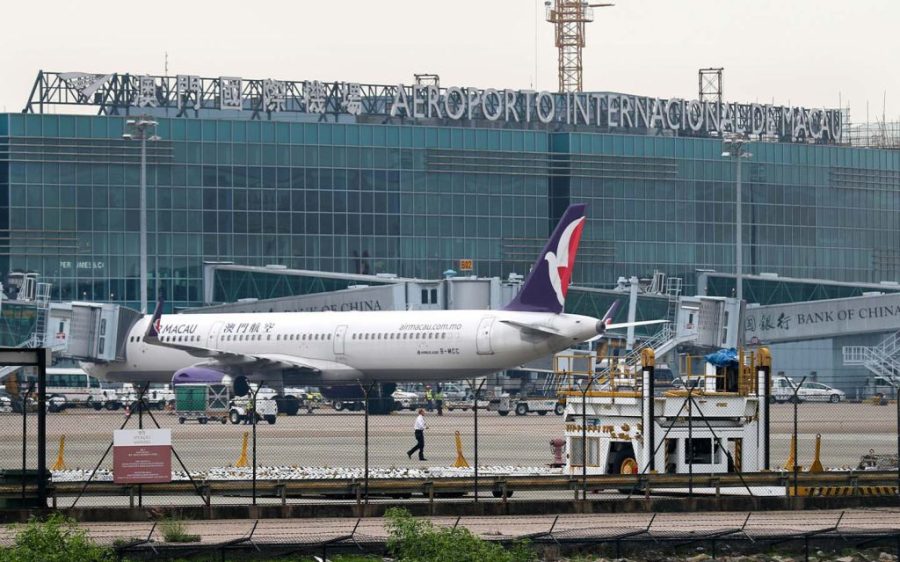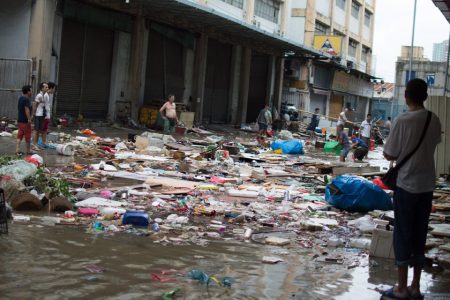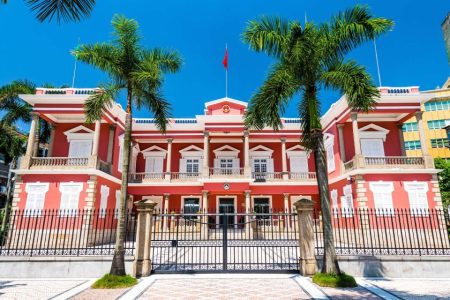Plans to build a second terminal at the Macau International Airport (MIA) have been shelved due to lower than anticipated passenger numbers, the Macau Post Daily reports.
The plan to convert part of the Taipa Ferry Terminal into an additional terminal for the airport was announced back in 2020, when the government believed it would be necessary to increase the airport’s current 10-million annual passenger capacity by up to two million.
Lawmaker Wong Kit Cheng announced the change in plans yesterday, after a Committee for Public Finance Affairs meeting discussing public project investments. She said that the “relatively slow” post-pandemic recovery in air travel to the SAR meant a second terminal was not currently needed.
[See more: New aviation law could connect Macao to the US, South America and Australia]
Macao’s airport only processed 5.15 million passengers last year, just over half of 2019’s figure (the last full year before Covid-19 travel restrictions grounded most flights in and out of the SAR). However, the first half of this year saw a slight increase – with 3.73 million passengers passing through the MIA between January and June.
Wong said the government currently expects passenger volumes to grow by 10 to 15 percent this year, which would bring the annual tally up to a maximum of 5.92 million.
This slow return of airborne passengers was in spite of concerted efforts by the airport’s operator and the Macao Government Tourism Office to boost the inflow of international tourists to the SAR, and both the numbers of airlines and flight routes on offer.
[See more: Where can I fly to from Macao? Here’s a list of places you can reach directly]
The airport’s expansion was considered a priority project for the government in Macao’s 2024-2028 economic diversification plan. Land reclamation is still expected to get underway in the second half of this year, enlarging the area where planes taxi between hangars, terminals, and the runway by 2029.
Wong said that the government would consider the feasibility of relaunching its Terminal 2 project in the future.






